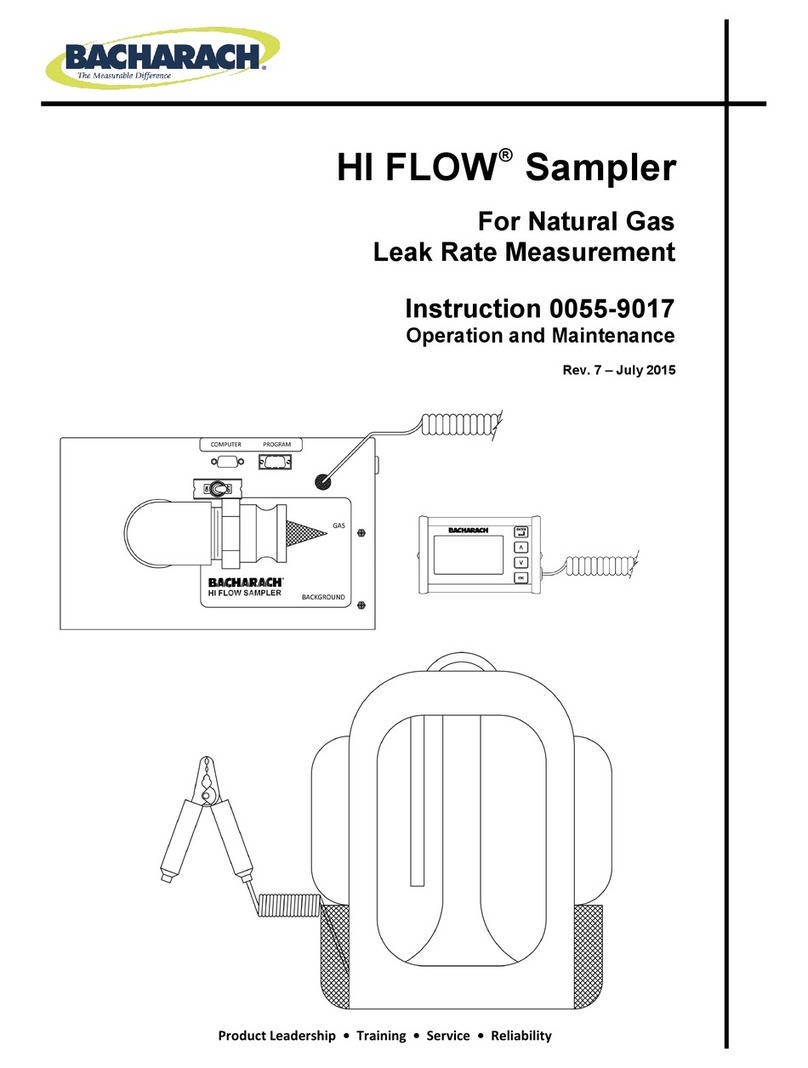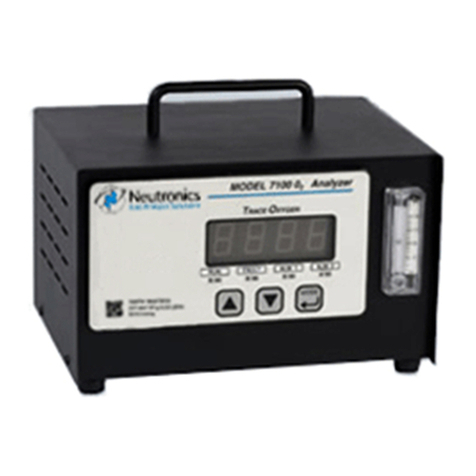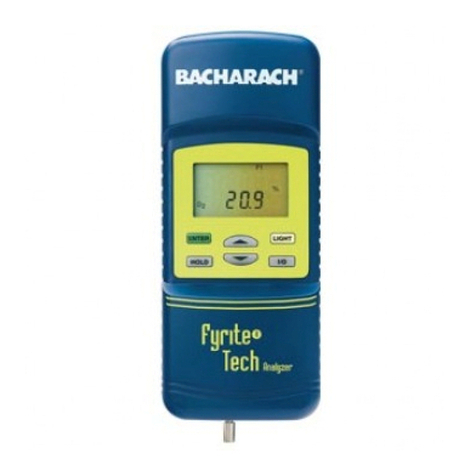Bacharach PUR-CHECK PRO User manual
Other Bacharach Measuring Instrument manuals
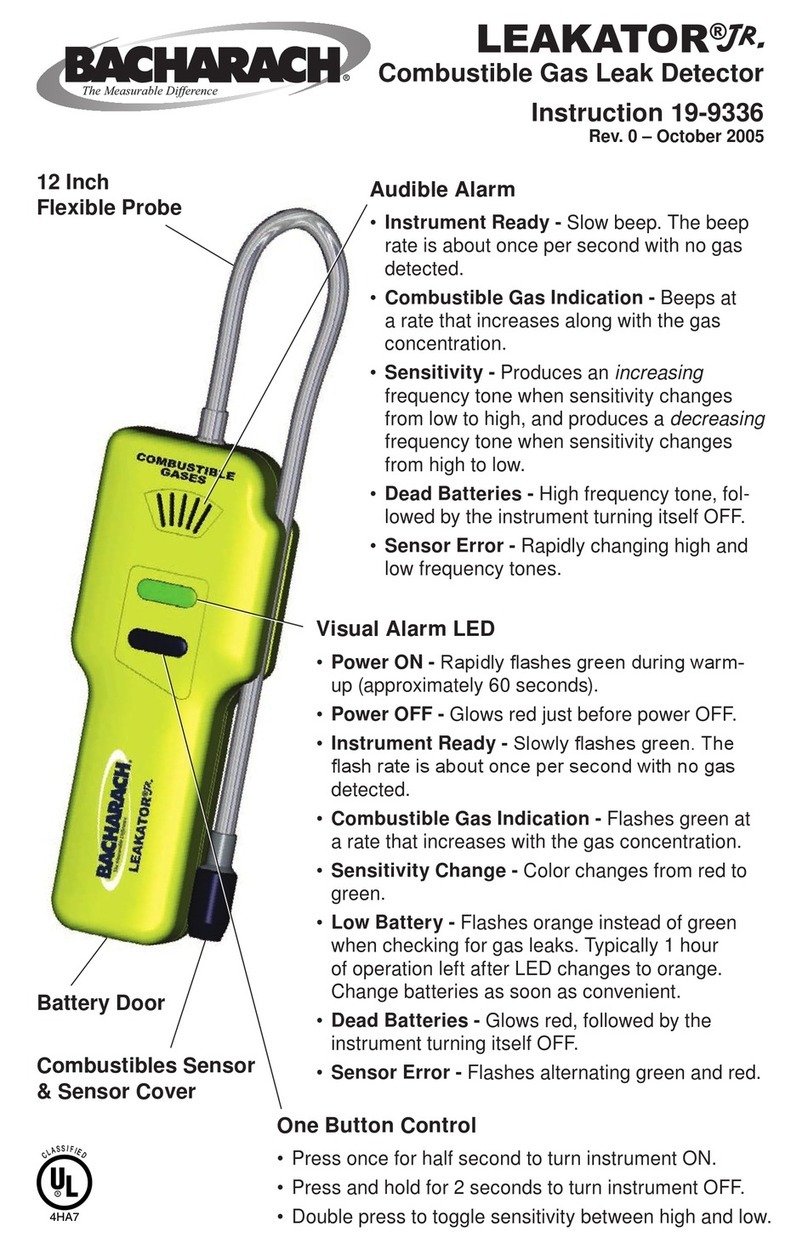
Bacharach
Bacharach Leakator Jr. User manual

Bacharach
Bacharach H-10PM User manual

Bacharach
Bacharach PUR-CHEK PRO User manual
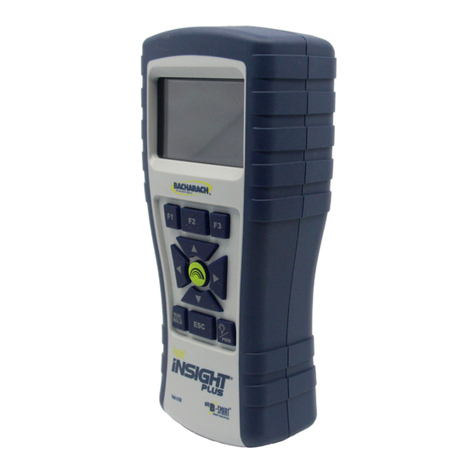
Bacharach
Bacharach Fyrite INSIGHT PLUS User manual
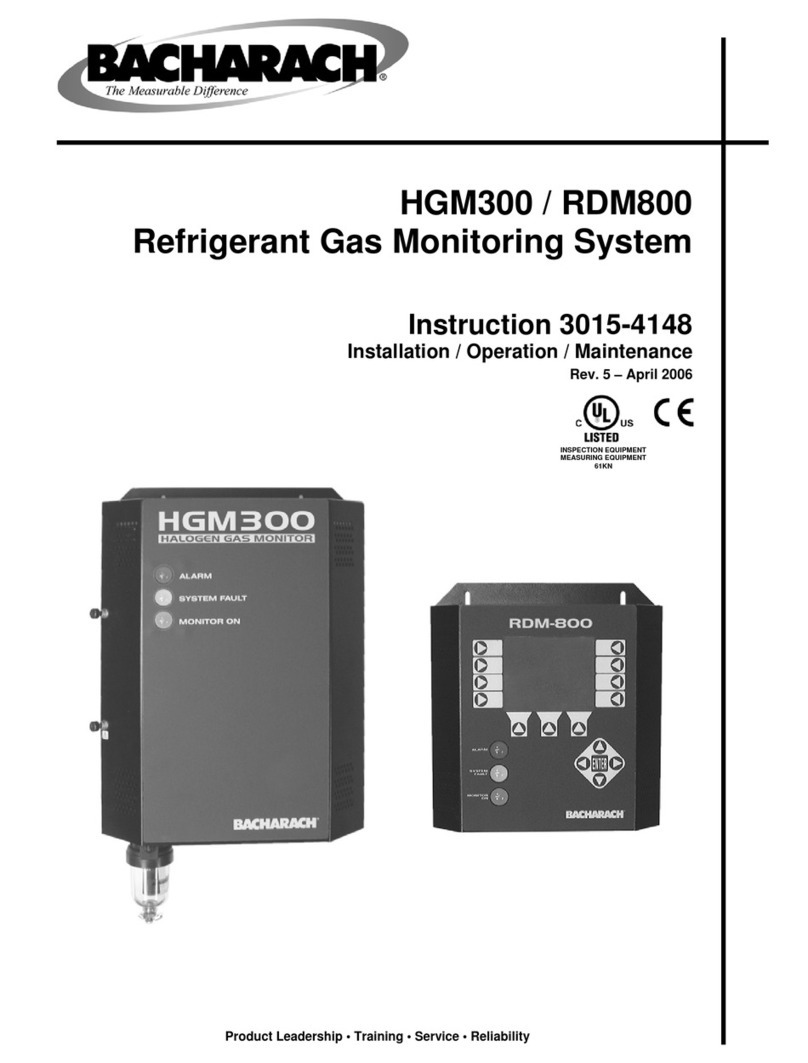
Bacharach
Bacharach HGM300 Guide
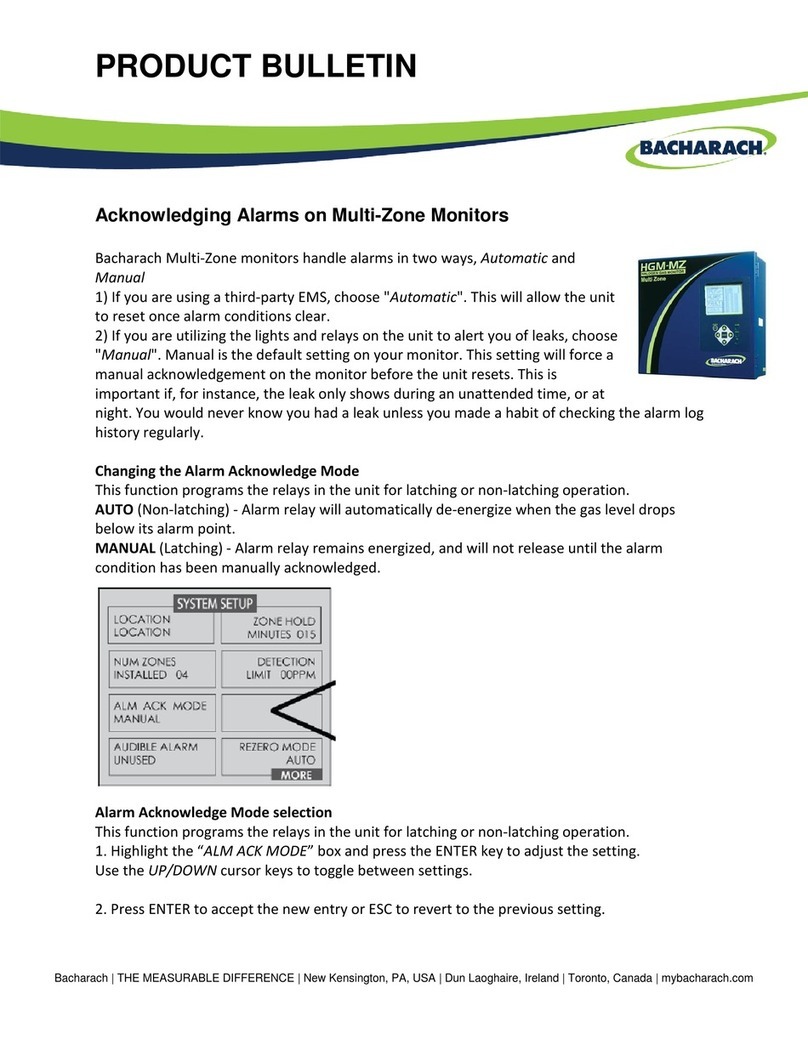
Bacharach
Bacharach HGM-MZ User manual
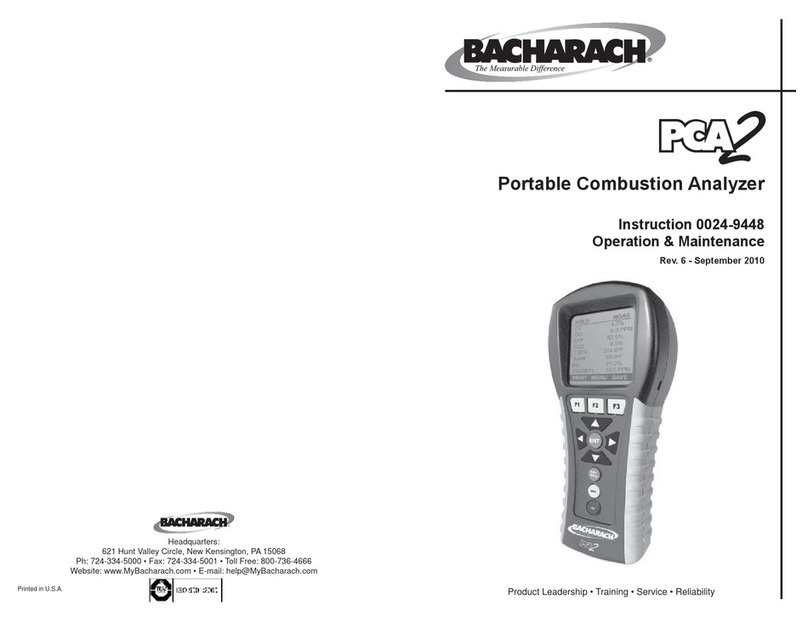
Bacharach
Bacharach PCA 2 Parts list manual
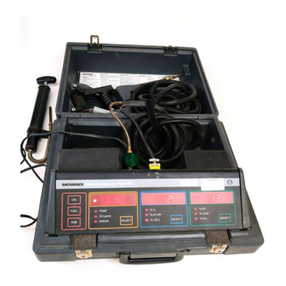
Bacharach
Bacharach 300 User manual

Bacharach
Bacharach Monoxor Plus User manual
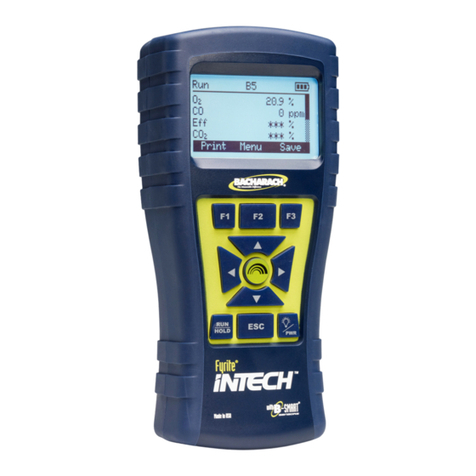
Bacharach
Bacharach 0024-8555 User manual
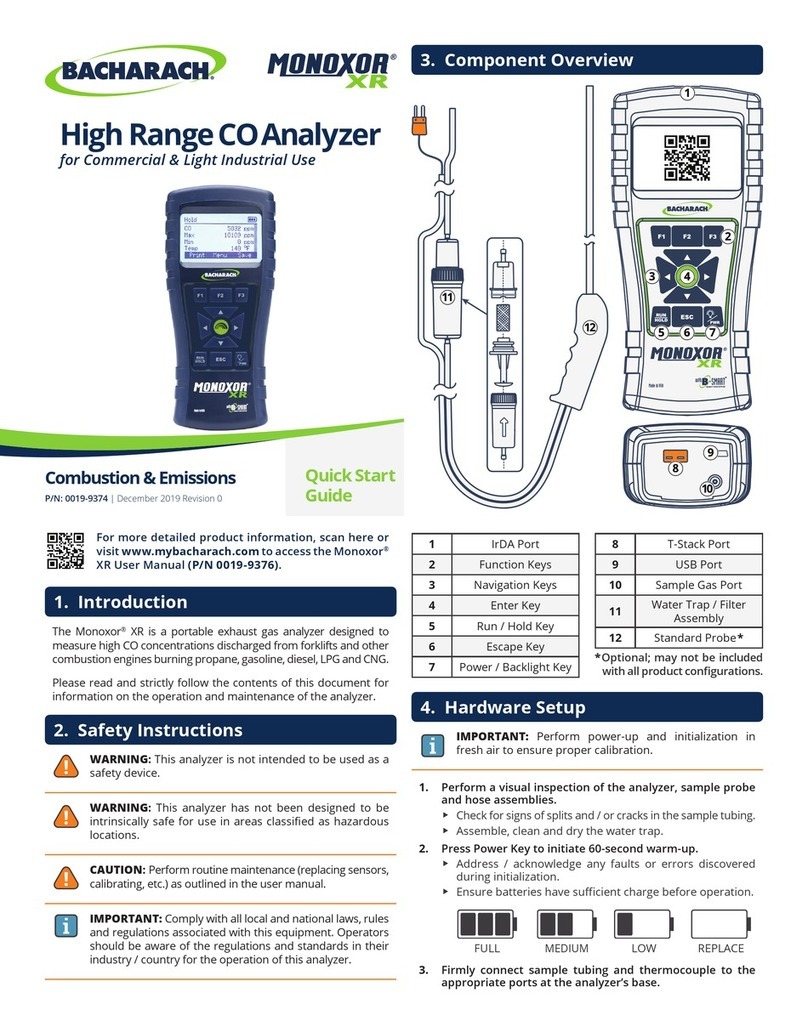
Bacharach
Bacharach MONOXOR XR User manual
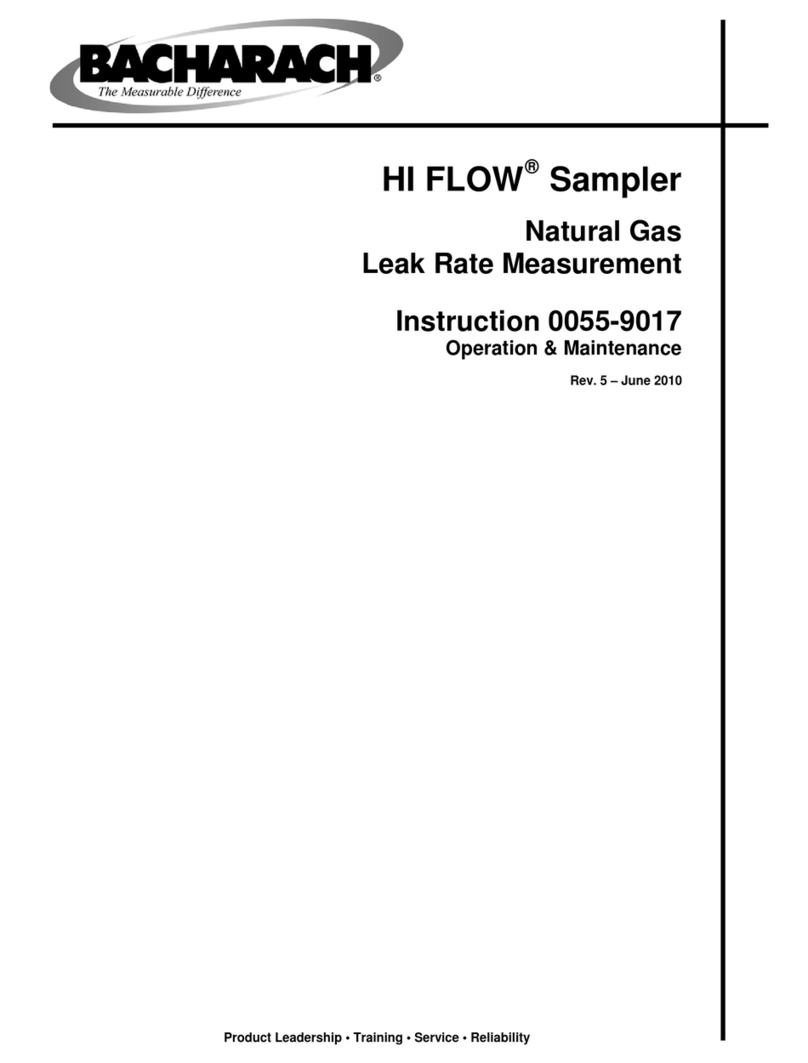
Bacharach
Bacharach HI FLOW Sampler User manual
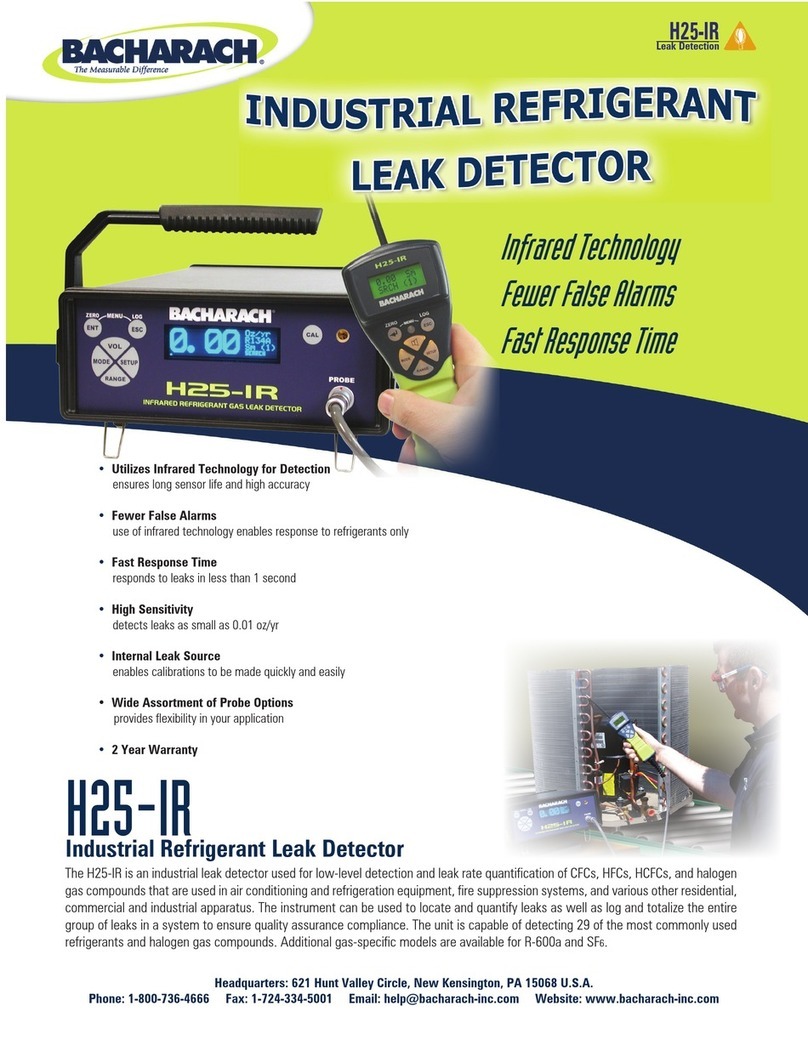
Bacharach
Bacharach SF6 Portable Monitor User manual
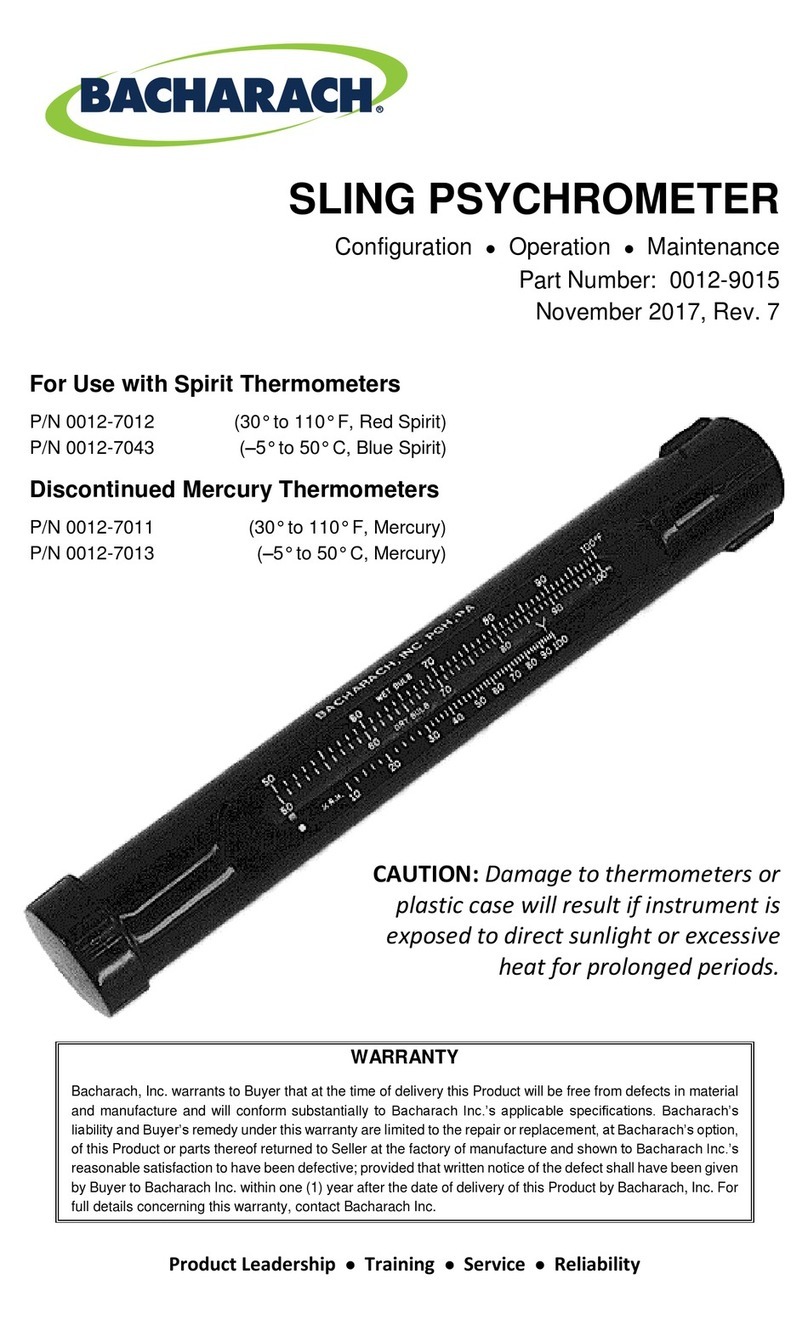
Bacharach
Bacharach 0012-9015 User manual
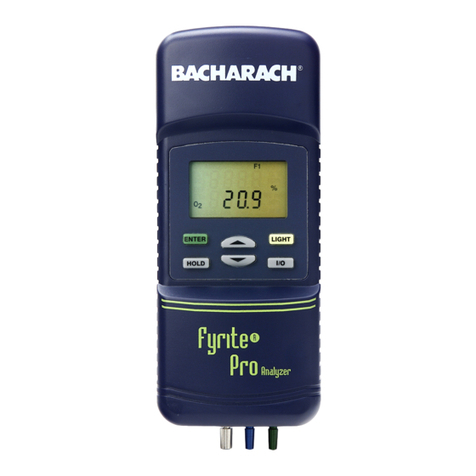
Bacharach
Bacharach 100 Troubleshooting guide

Bacharach
Bacharach 11-9026 User manual
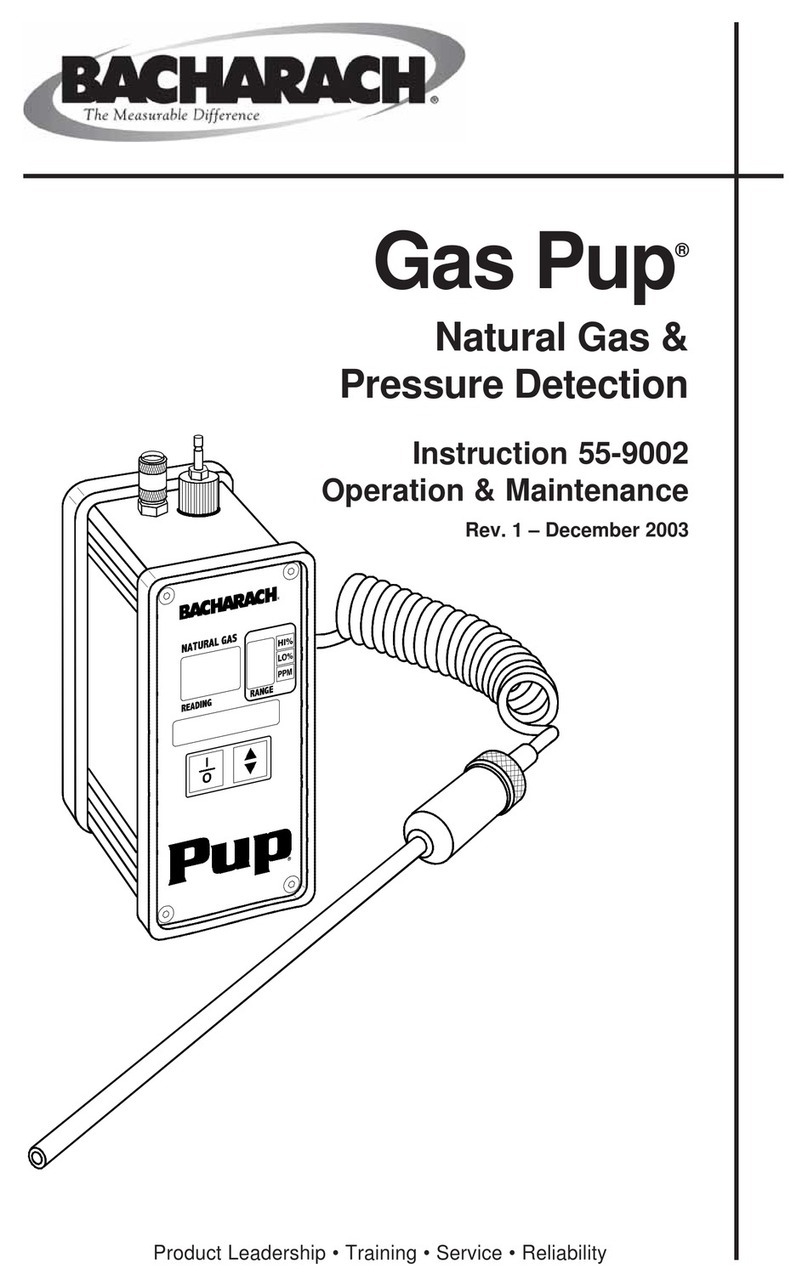
Bacharach
Bacharach Gas Pup User manual

Bacharach
Bacharach Fyrite InTech 0024-8510 User manual
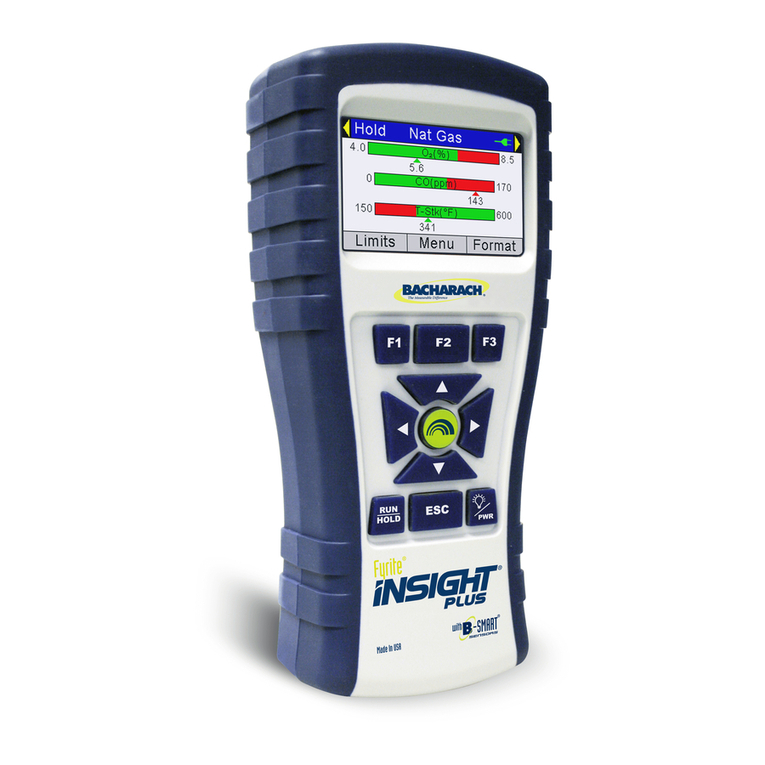
Bacharach
Bacharach Fyrite INSIGHT User manual

Bacharach
Bacharach Fyrite INSIGHT PLUS User manual
Popular Measuring Instrument manuals by other brands

Powerfix Profi
Powerfix Profi 278296 Operation and safety notes

Test Equipment Depot
Test Equipment Depot GVT-427B user manual

Fieldpiece
Fieldpiece ACH Operator's manual

FLYSURFER
FLYSURFER VIRON3 user manual

GMW
GMW TG uni 1 operating manual

Downeaster
Downeaster Wind & Weather Medallion Series instruction manual

Hanna Instruments
Hanna Instruments HI96725C instruction manual

Nokeval
Nokeval KMR260 quick guide

HOKUYO AUTOMATIC
HOKUYO AUTOMATIC UBG-05LN instruction manual

Fluke
Fluke 96000 Series Operator's manual

Test Products International
Test Products International SP565 user manual

General Sleep
General Sleep Zmachine Insight+ DT-200 Service manual
